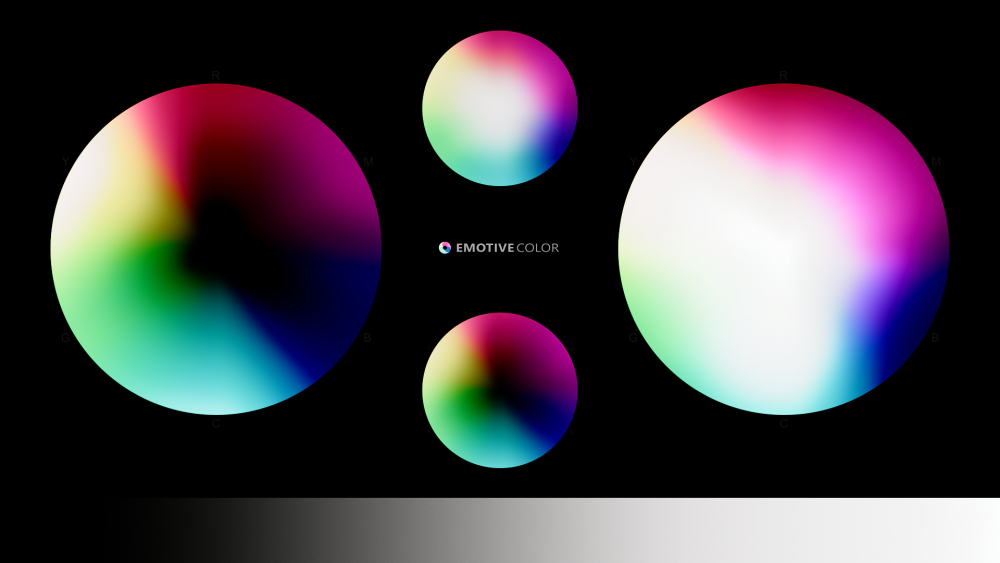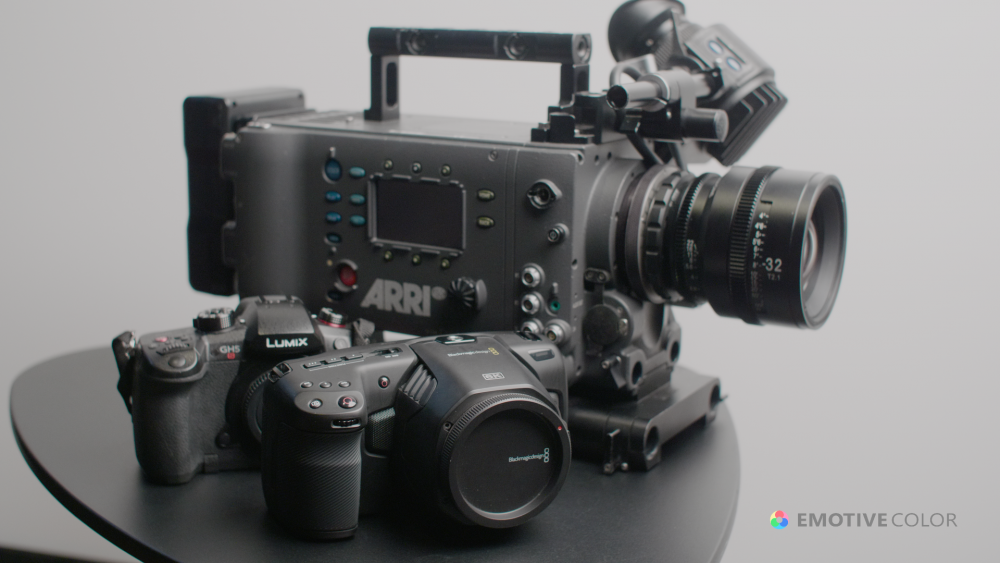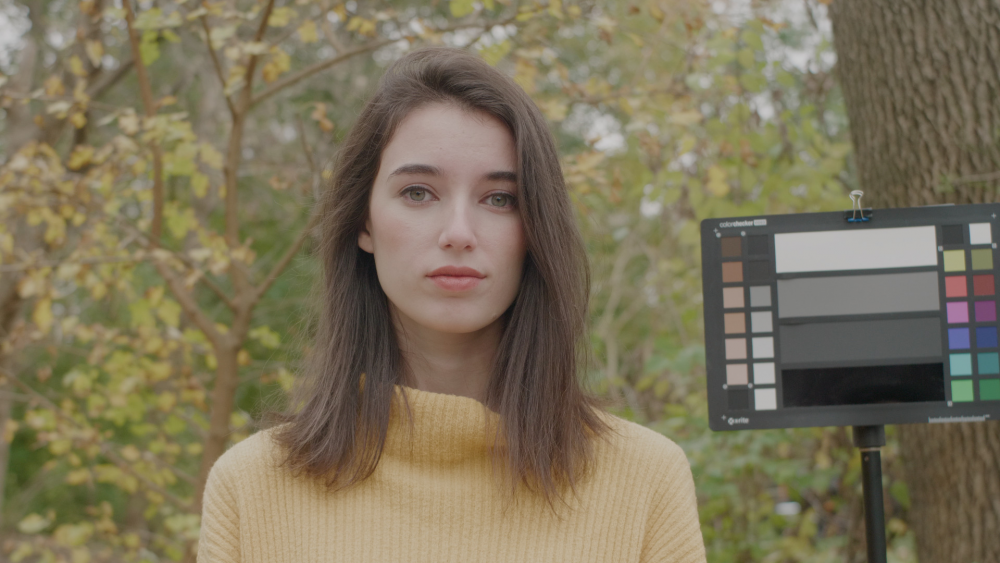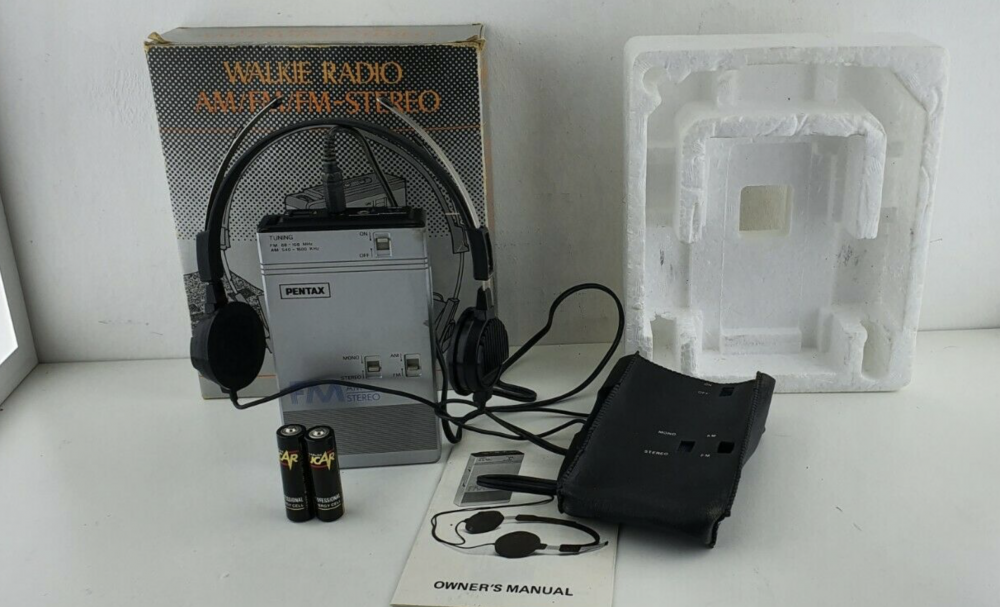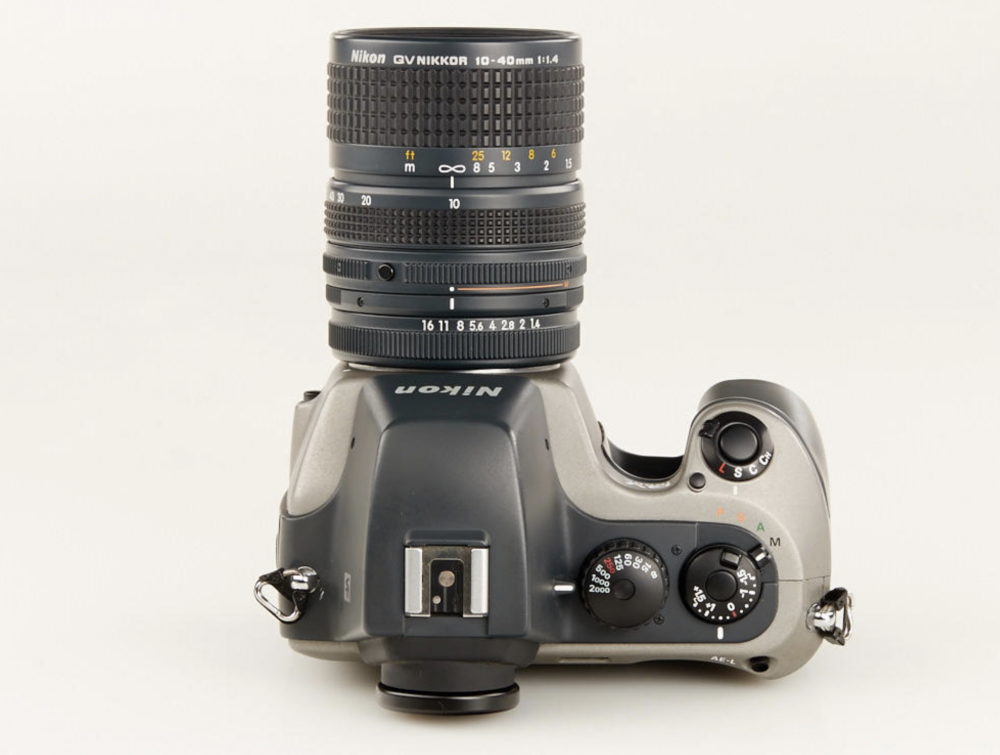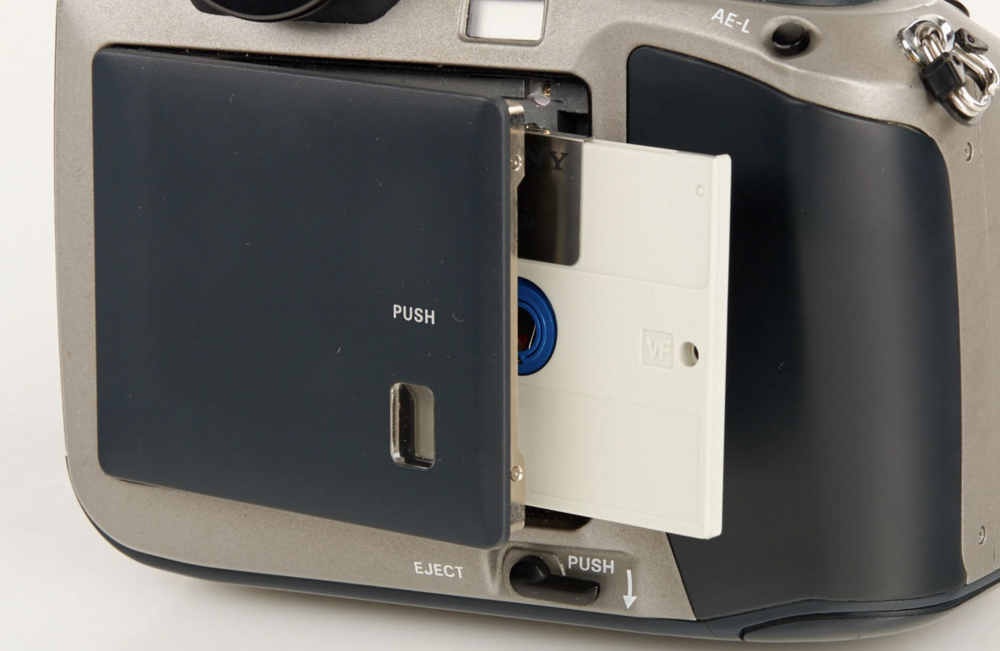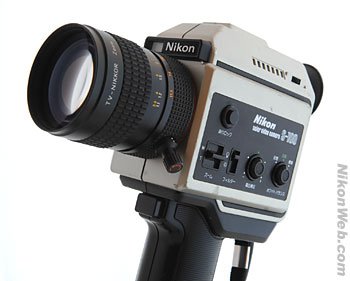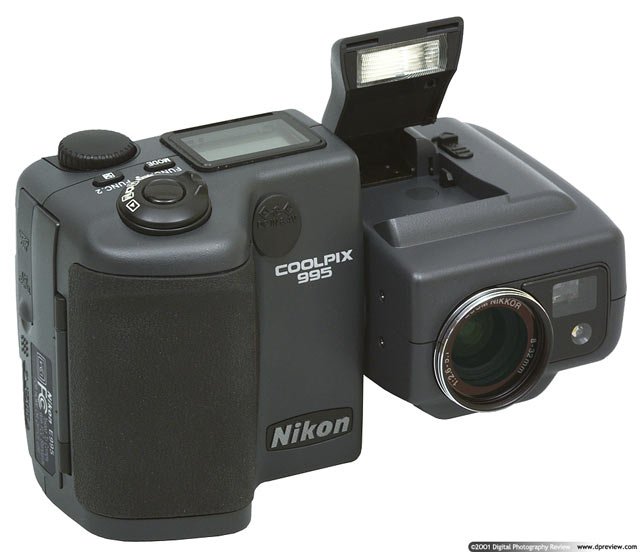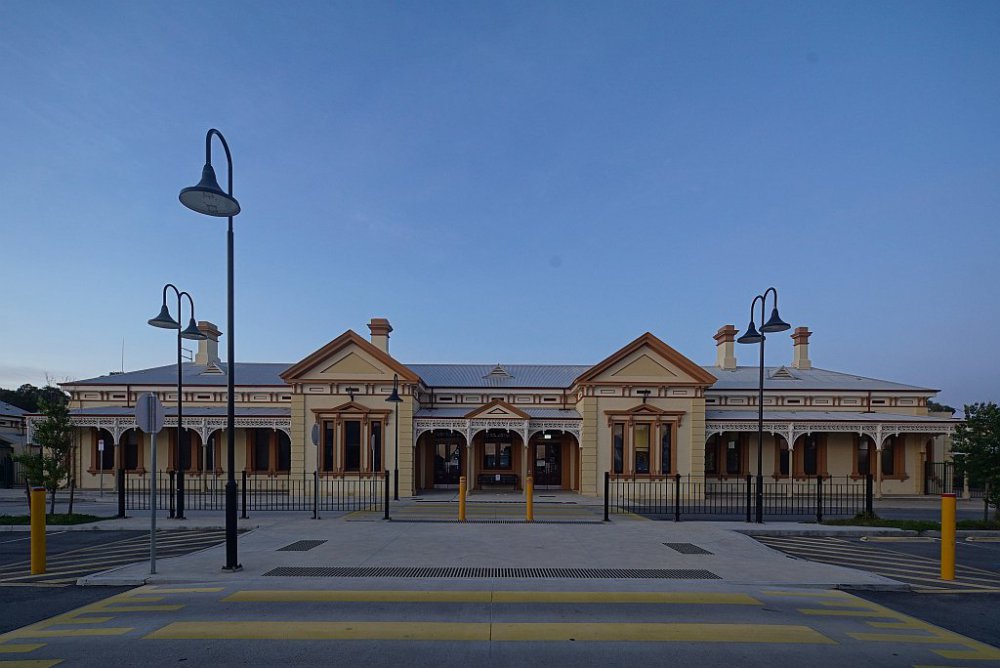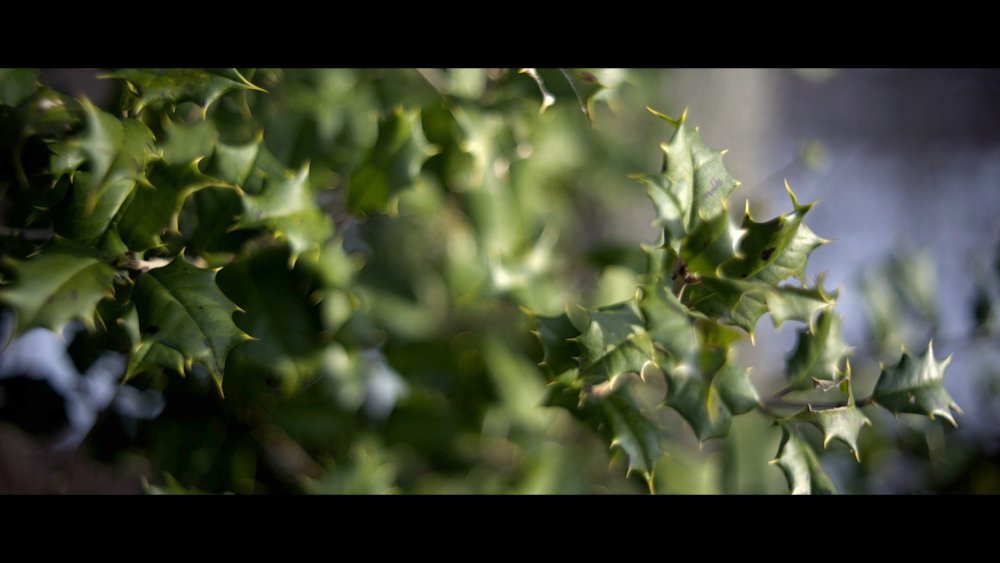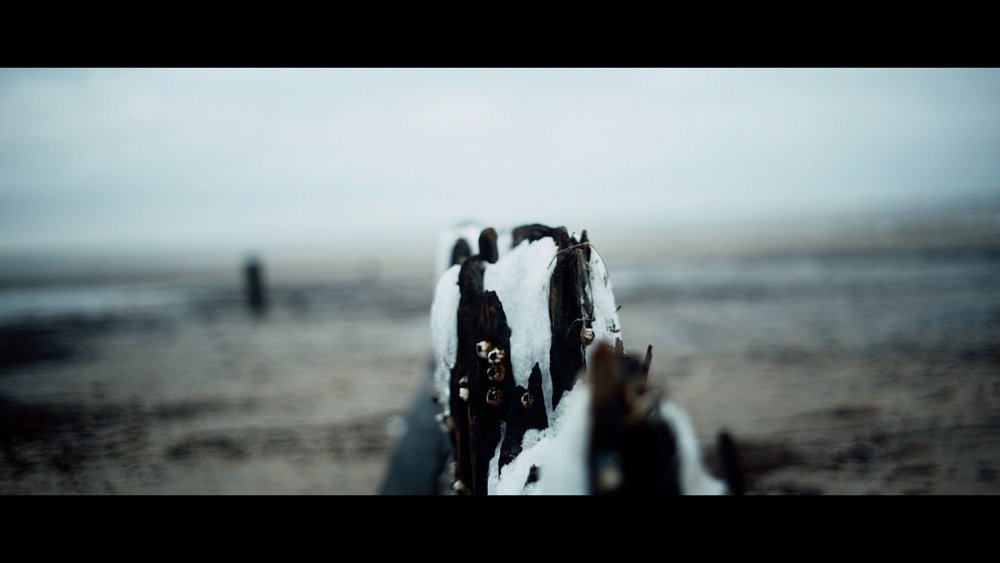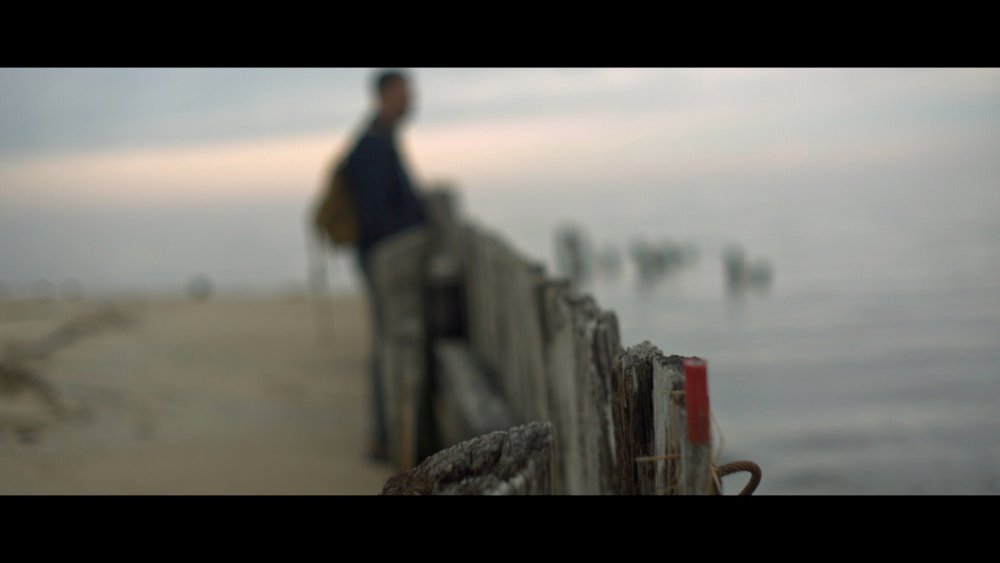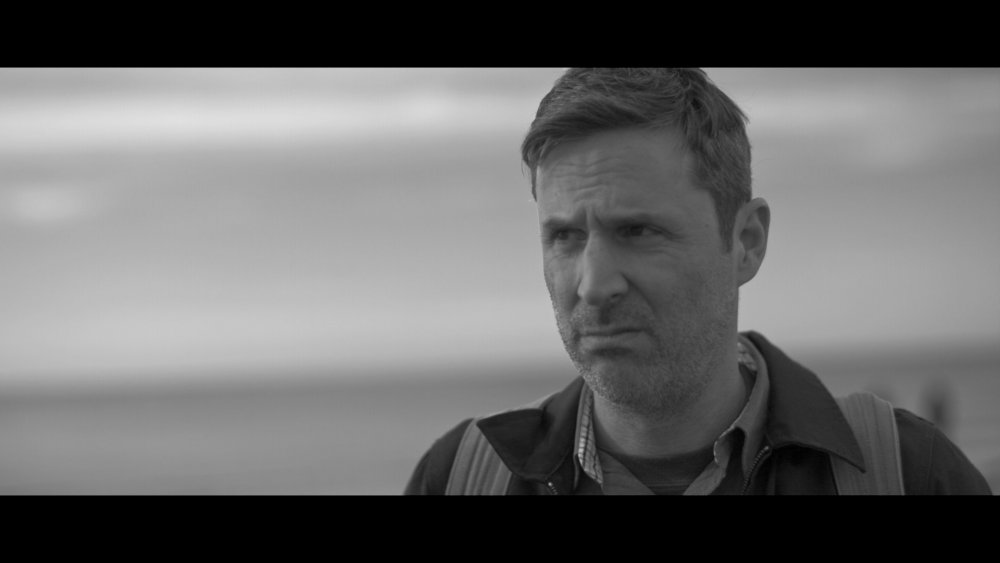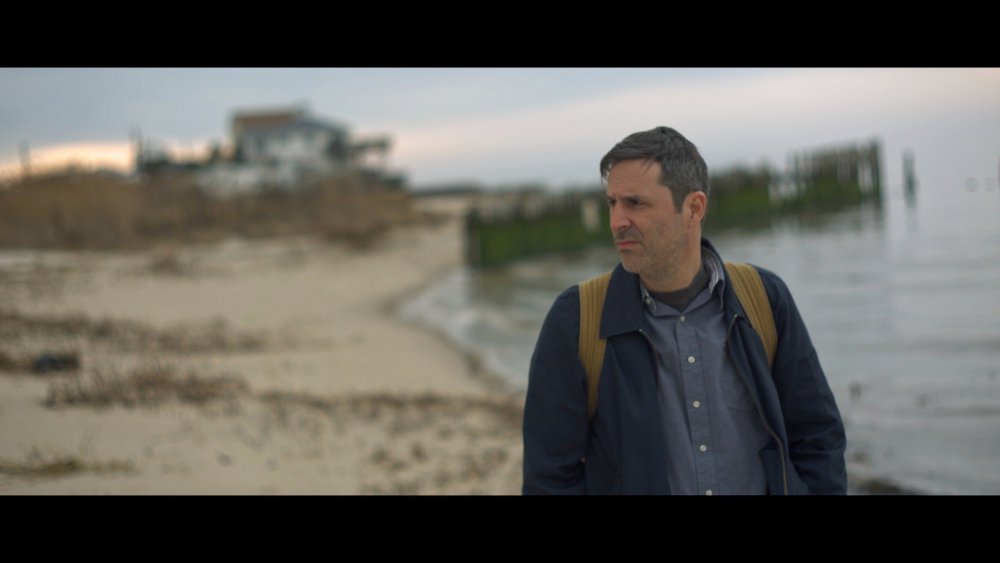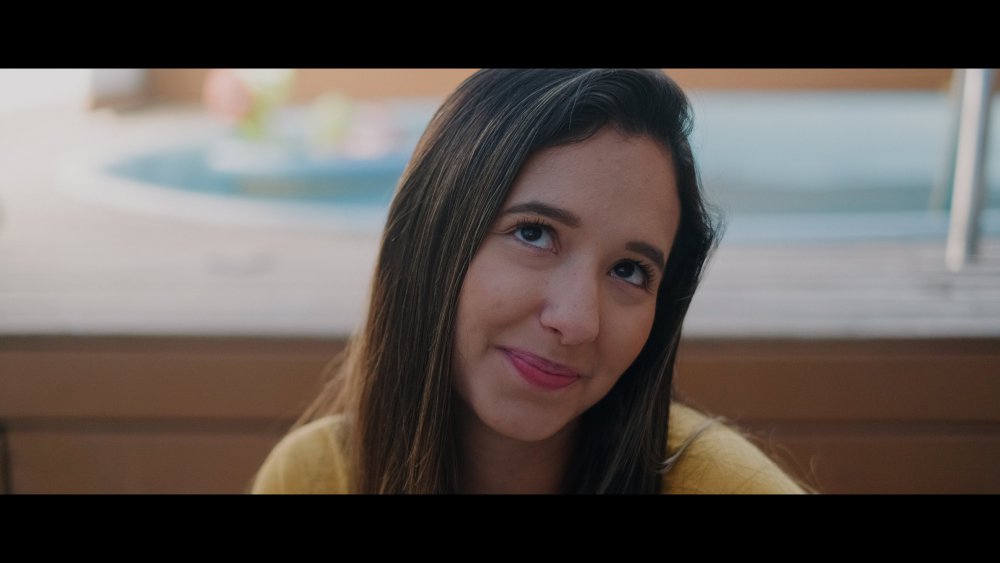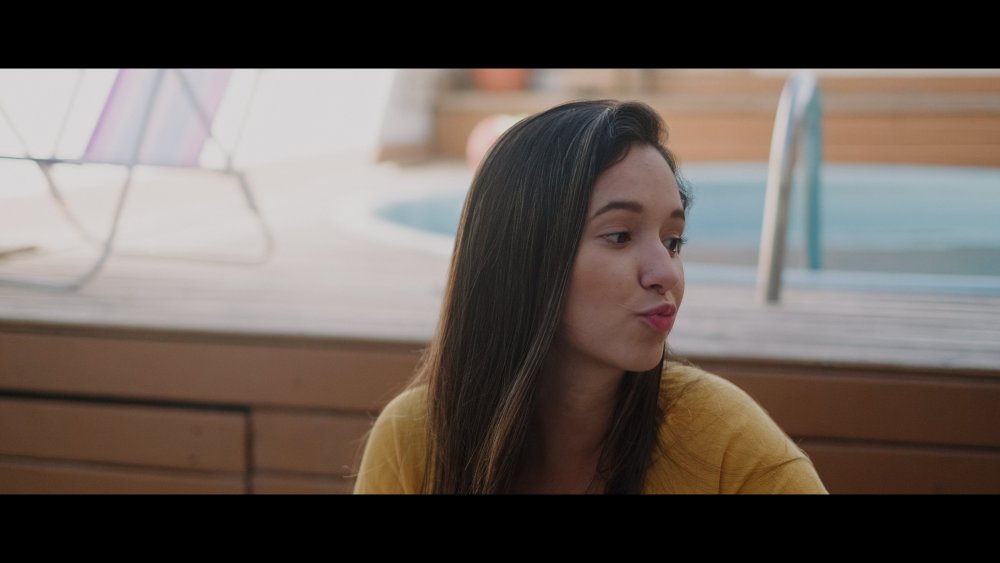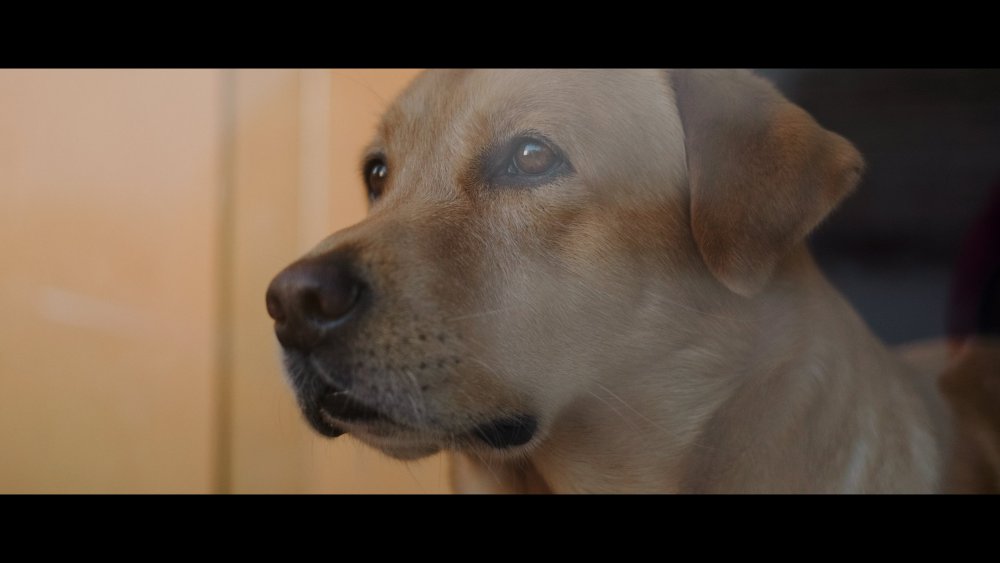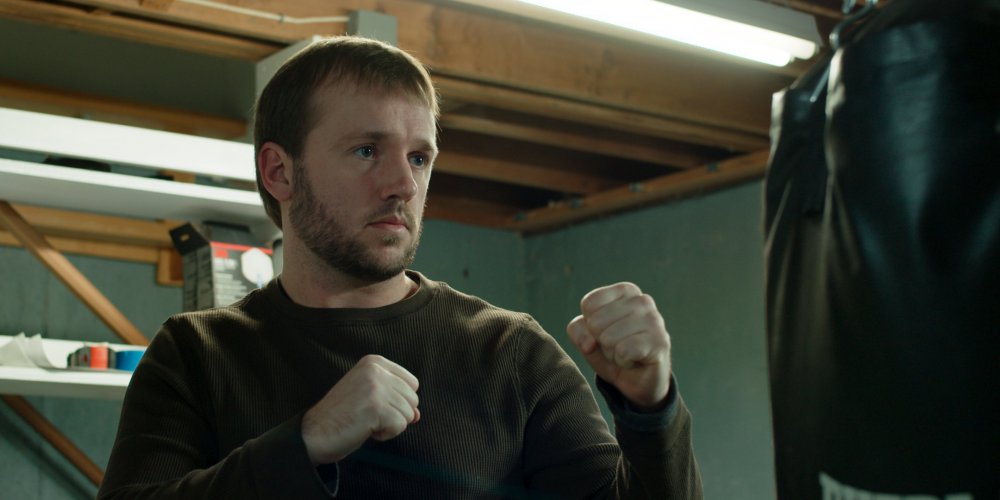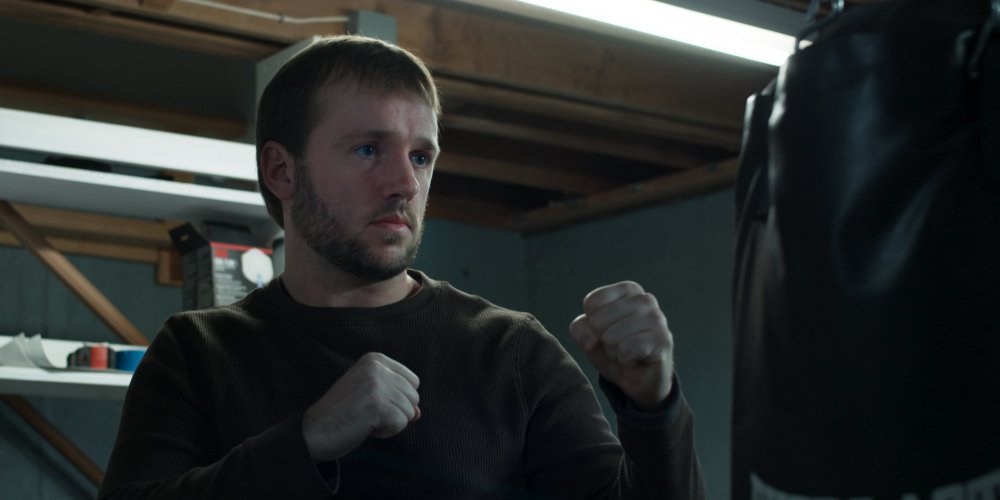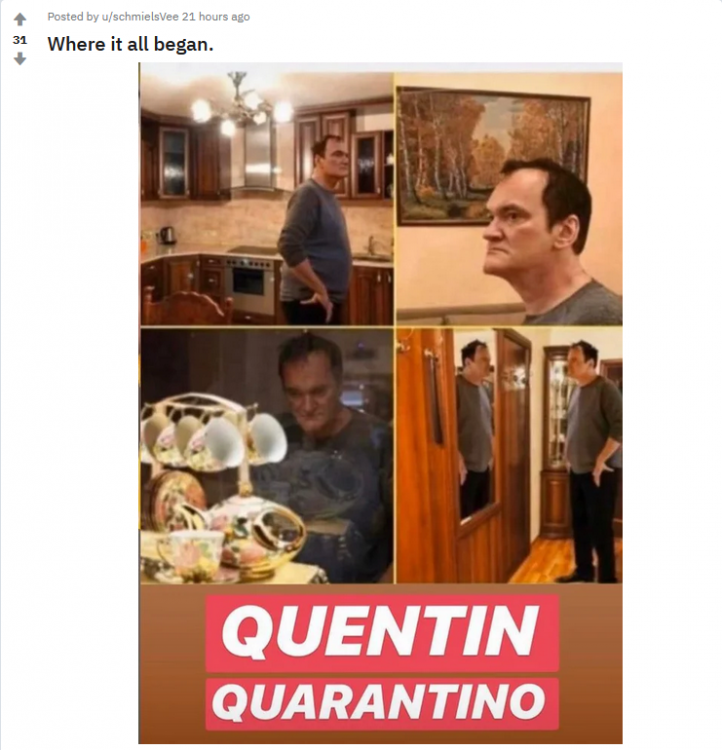Leaderboard
Popular Content
Showing content with the highest reputation on 04/15/2020 in all areas
-
The V4 email should be out to everyone; if you haven't received it please let me know. A month ago, my father was diagnosed with advanced colon cancer at the same time that the virus situation was taking off, and life was thrown into disarray. March is colon cancer awareness month, and we are aware now (get screened every 10 years, starting at 50) The GH5S is, at last, supported. V4: Emotive Color Component ('EC709') - Remade in 'HDR', preserving intense values (exceeding 0.0-1.0), that are incorporated into final Rec709 envelope - Using the new engine, Arri Rec709 primaries are recreated at lower saturation, while 'projecting' this primary behavior to HDR gamut extents (beyond Arri Rec709 gamut clipping) - Raised highlight ceiling for Main (average between Soft and Linear) - Significantly refined saturation envelope for Main and Linear (& Soft, to a lesser extent) Core LogC - Remade with new engine (Incorporates initial baseline HSL conform) - Fixed chart scan error that added 1/18th incorrect neighboring sample value to each sample average (hidden mistake in my very earliest code) (Corrects for persistent slight inaccuracies despite multipass, such as magenta bias of shadow skin tone in Tungsten) - Fully linearized highlight rolloff (true to LogC) with maximal detail retention (effective highlight DR increase) - New smoothing algorithm (incorporated into engine) - 12 passes, combining two hue-aware algorithms for new smoothness standard while preserving hue lines - Most extreme gamut is now directly measured and preserved (i.e. colored Leds in night environments) Misc. - Added Exposure Compensation [PRE]s - actual exposure color conversions for use ahead of the conversion (interpolated from sample data, incorporating rolloff) - Added Auto Black Level POSTs - for use following the conversion; quickly conform black level in any NLE (No accompanying relative hue/saturation distortion whatsoever, unlike standard luma tools) - Remade all PREs with new engine, taking new NLE measurements to accommodate NLE profile rendition shifts since original release - Direct monitoring variations included for HLG and Cine-D, and VLog external monitoring variation (includes levels fix) - Rewrite of Pdf (for Gen.4) - Direct FCPX support added (with distinct PREs and Pdf) - Significantly more efficient file sizes - 16 bit Gradient Chart included to test smoothness of theoretical & far gamut, and reveal pipeline banding issues - Each file is now unique to its owner at coordinate level3 points
-

Fuji X-H2 - They can't decide whether to cancel it... Or?
IronFilm and 2 others reacted to Andrew - EOSHD for a topic
3 points -
This is a fascinating long read about the QV1000C. https://www.nikonweb.com/qv1000c/ For a pretty obscure not to mention very rare camera (I have actually only ever seen one of the less than 20 still in existence when I was at the Nikon museum) it racked up a couple of serious firsts in being the first electronic image used in a UK newspaper and the first electronic image distributed by the Associated Press. A couple of interesting stories along the way in that article as well particularly about it secretly being used at Photokina !3 points
-

Fuji X-H2 - They can't decide whether to cancel it... Or?
noone and 2 others reacted to Andrew - EOSHD for a topic
Everybody think Nikon started the DSLR video revolution with the D90 in 2009 but actually it started in 1988 for Nikon With a stills-video camera that you put floppy disks in the back of... https://www.digitalkameramuseum.de/en/esvc/item/nikon-qv-1000c-1988 They also had a very snazzy 10-40mm F1.4 zoom lens for it. $15k for the black and white (monochrome sensor) version. Before that there was the infamous Nikon Color Video Camera fuck-up. https://imaging.nikon.com/history/chronicle/cousins20-e/index.htm In the early 2000's they got to the twisty grip XC-10 point, ergonomically, long before Canon! No 10bit 4K though. If pro cine cameras are still going to be a no-go for Fuji, then they should at least do this with the X-H2... - Internal electronically variable ND like FS5 - Same small body design but larger and clearer display to focus off - Detachable EVF like GFX 100 - Wider than APS-C sensor (multi-aspect) - 4K 120fps Or failing that just the ND and larger screen with X-T3 sensor, thanks.3 points -
GH5 to Alexa Conversion
Adept and 2 others reacted to alvaromedina for a topic
Hello (and sorry for my english). I am waiting to see some examples of the new GH5s version of the Ghalex lut, but in the meantime I tried to use the official Arri Log to Rec709 Lut included in Davinci and I have found that it works really good as a starting point. I haven´t done any color space conversion, just applied the lut, and I like the colors much more than with the Vlog to rec709 from Panasonic (that I think Panasonic should have developed specifically for each camera model colour science). Then a few tweaks in exposure, wb and contrast, and finally another lut (a 709 Kodak Vision from Impulz) and grain to get this result with direct sunlight mostly, the worst situation for the gh5s highlights rollof capabilities. I´m very happy with this first test.3 points -

Fuji X-H2 - They can't decide whether to cancel it... Or?
currensheldon and 2 others reacted to IronFilm for a topic
XC15 came out in 2016, which was itself a modest upgrade from the XC10 in 2015 Time for another modest update of the XC10/XC15 then? Give it 4K DCI, TC, the better lens from the RX10 series, 10bit internal, 240fps FHD, etc The JVC LS300 is also from 2015! Indeed Sony and Canon have abandoned the entry level S35 market. Long time since the C100 or FS5 got an update (and the FS5mk2 barely counts!). And they've never ever given us 10bit for sub $5K But it isn't just Sony/Canon who are forgetting about the entry level S35 market, like we just mentioned before, JVC has been a long time without an update to the LS300. Five years. Not even Blackmagic Design is active in this niche! As they've crept up in price, their latest cinema camera (not merely a S35 sensor in a Pocket body) is $6K! Their last S35 cinema camera which was sub $5K was also five years ago. And where is Panasonic? The Panasonic EVA1 is "only" from 2017, but that was much more aimed at FS7/C300 shooters (EVA1 was initially US$7.5K, now US$6.5K). And dinosaurs roamed the earth when Panasonic last gave us a cinema camera with a mirrorless mount with their AF100 series. There is an opportunity here for Fuji / Nikon to launch a mirrorless cinema camera using their existing tech (plus a little more, like NDs & TC) for sub $5K. (ideally sub $4K, or even sub $3K)3 points -

Short video of Miami under Coronavirus
Kubrickian and one other reacted to OliKMIA for a topic
Here is my shot at this Gears: GH5 for the video Canon 6D for the timelapse Mavic Air and Mavic 2 Zoom for the aerial shots. The audio was entirely designed by my friends at https://www.boxoftoysaudio.com/ They are based in UK if you need audio music composition and SFX. Great pros. I hope everyone here is safe and stay that way. Cheers.2 points -

90-day free trail of FCPX or free editors?
majoraxis and one other reacted to heart0less for a topic
DaVinci Resolve is superb, there's nothing I miss from Premiere. It's stable, power-efficient and ticks all the boxes - you can do everything in it, including editing, color grading, sound designing and VFX.2 points -

Old Cameras Still Shine Today
Geoff CB and one other reacted to fuzzynormal for a topic
Well, I just unloaded my GH5 and G85. The 'way-too-many-lenses' on on the auction block next. No seller's remorse so far. I still have an old 5DII and Nikkor 50mm, which I'll continue to use for talking head stuff, occasional b-roll too; why not? My wife still has her X-Pro2 kit. The Oly EM10III is only $300 used on eBay, and I'm leaning that way... Round and round we go. It does feel good to unburden stuff that wasn't getting used a lot though.2 points -
Minolta Lens on an EF Mount
Vintage Jimothy reacted to mercer for a topic
I recently won a Minolta MC 58mm 1.4 lens that was converted to EF mount with a Leitax adapter... for less than the cost of the adapter if I were to buy it new. As you guys probably already know, Minolta lenses do not easily adapt to EF cameras due to the difference in flange distance, but there are two lenses that will with either the Leitax or EdMika adapters... the 58mm 1.4 and the legendary "bokeh king" dream lens... the 58mm 1.2. There are other ways to adapt Minolta lenses if you're handy or want to pay someone to do it for you. In fact, I posted some frames from an adapted 35mm 1.8 a couple years ago... Unfortunately, that lens will only focus to 4 feet. It seems like there is something inside the lens that is binding it up, but I haven't been able to easily open the lens to inspect it. I was able to get a partial refund so it was worth keeping the lens. Needless to say, I was pleasantly surprised when I stumbled upon the 58mm 1.4 on eBay and ecstatic when I won the auction. On my last shooting day, I was able to take the 58mm 1.4 out for a spin. First let me say that they just don't build lenses like they used to. These old Minolta lenses are a pure joy to use. The focus ring is silky smooth... I wish there was a better adjective to describe it, but other than Takumar lenses, it's one of the smoothest focus rings I've ever used with the perfect amount of dampening. The lens is also sharper than I expected it to be... when stopped down. Wide open the lens lacks contrast, but stopped down to f/2, the image starts to come alive... contrast gets a bump and it sharpens up nicely. Here are a few frames from my test... I wish I was a better colorist to take advantage of the saturation capable with these lenses. The color separation is gorgeous, but I don't trust my eyes or my screen to really push it. Overall I found the lens to be well worth what I paid for it, but not as good as the 35mm 1.8... which is one of my favorite lenses of all time. I hear the old 55mm 1.7 kit lens is a sharper lens and since I have a mint copy in my lens collection, just collecting dust, I think I'm going to try and adapt it myself, so I can do a comparison. But as is, this 58mm 1.4 is a beautiful lens that is older than me and has stood the test of time better than I have. For 33 bucks... how could I possibly complain?! For you mirrorless users, the good news is that these beautiful and cheap Minolta lenses can be adapted with a cheap, dumb adapter. But with a little ingenuity and patience, even EF users can experience shooting with legendary Minolta glass. For a further, more in depth, discussion of Minolta lenses, I highly recommend the Rokkor Survival Guide over at the RedUser forum... https://www.reduser.net/forum/showthread.php?92246-Minolta-Rokkor-Survival-Guide If I can get the 35mm 1.8 to focus to infinity, I'll have a beautiful, two lens set for less than $150. What more can I ask for?1 point -

Short video of Miami under Coronavirus
heart0less reacted to Emanuel for a topic
Nice post, I just don't understand why this is not posted on footage subforum or better yet, why you ALL underrate that precious corner Andrew has opened for his priceless forum? : -)1 point -
Fuji X-H2 - They can't decide whether to cancel it... Or?
IronFilm reacted to thebrothersthre3 for a topic
Yeah but they say the Xh2 is supposed to be video focused. Why not go all the way, since they are already deviating from their photography focus roots.1 point -

Fuji X-H2 - They can't decide whether to cancel it... Or?
Andrew - EOSHD reacted to BTM_Pix for a topic
I do wonder what the reaction would be at a Nikon or Fuji product meeting if someone put their hand up and said "I think we should make an s35 camcorder with an integral 8 x optical zoom lens". Probably this, unfortunately.1 point -
There is no adapter with image stabilization. You will need a lens with image stabilization such as IS, OS, or VC based on the manufacture. In my opinion, Canons IS system is the smoothest and doesnt 'jerk' the video. As far as speedboosters, i believe metabones autofocus faster but the difference is negligible compared the cheaper viltrox. There are many tips on how to get stable footage handheld. The most important would probably be weighing the camera down with a heavy battery and a adding a cage or a better grip. Neckstraps, tripods, and gimbals are other options. I also believe there are some companies like steadxp(?) using gyroscope technology which is pretty amazing but you are limited in some shooting modes and will add to your post production time. If none of these answers satisfy , m4/3 cameras have the best IBIS, although nothing compares to HyperSmooth by gopro. Everything has a trade off unfortunately.1 point
-
Glad to hear you are enjoying it ! To make sure that the PBC starts up as fast as possible, it goes into a hibernation mode when you switch it off or if it senses that the camera has been switched off so essentially it already is in (ultra) low power mode. In order for the PBC to re-connect automatically when the camera switches on, it would need to be in a constant BLE scanning mode which would drain the PBC battery (and faster than it would during normal operation actually) so you'd then end up with two power problems instead of one There is some scope to make the scan to be periodic to reduce the power consumption but then the issue becomes at what interval the scan is done as if you switch the camera on in the non-scanning period you would have to wait until it was caught by the next one so its then much quicker to just reboot the PBC. With regard to the USB-C port on the camera, its a no go really unfortunately as so many people use that to connect their recording media. Ideally, of course, BM would have a power saving setting for the camera to switch the screen off etc which would be a big help in general to all users not just those with PBCs but I obviously have no knowledge of whether they have that in the works.1 point
-
1 point
-
Fuji X-H2 - They can't decide whether to cancel it... Or?
colepat reacted to currensheldon for a topic
I think APS-C does have more headroom when it becomes a compact Super35 video camera, and that's what Fuji should do. Take the space of 10-bit 4k (60-120fps max) Super35 abandoned by Sony and Canon with no real updates to the C100 and FS5 in 5 - 7 years. I still think there is a HUGE gap here. Yes, mirrorless cameras are incredibly powerful and yes you could just get a C200/FS7, but I want the compact size of a C100 or XC-15 + things like internal NDs and XLRs. A compact $3k - $5k video camera from Fuji would be very successful I think. And then have the XT4 as a B-Cam. Sounds excellent.1 point -
I remember their promotional material for their first ever URSA promised locational and gyro data to be built into it, for post production work. Never happened, but clearly this is a feature Blackmagic Design has thought about already1 point
-

Fuji X-H2 - They can't decide whether to cancel it... Or?
Mark Romero 2 reacted to Amazeballs for a topic
I am seriously impressed by DeepL though 😍1 point -

Resolve DNG workflow
Denist reacted to Andrew - EOSHD for a topic
I'd like to hear more about Fast Cinema DNG and the Rec 2020 results in ProRes. I find grading LOG a lot easier than DNG. Smaller file sizes, faster editing, more fluid playback, less demanding on the system, yet pretty much identical image quality. RAW is a great recording format because nothing is sacrificed. Then you can throw the most powerful image processor you've got behind it - your PC - and come up with creamy 10bit ProRes 4444. Back when I had a Blackmagic camera, I used to shoot ProRes 9 times out of 10 rather than RAW. RAW is a great way to get LOG out of the Sigma Fp whilst it lacks it in-camera too. But ProRes is what I want to edit and grade.1 point -
.thumb.jpg.c38e420d42fbcfca0e9d71918fb899b0.jpg)
Filming a short film in isolation. self-made narrative.
Sage reacted to Wild Ranger for a topic
Thanks, the script was made by a friend trying to make the thing a little more collaborative. I didn't consider change the role because i wanted to leave the main character alone for the self reflection. it's more about the "inner my self" but itroducind the topic in a more enjoyable way. Although the puppet killing the man it's a nice too. Venga ese español!1 point -
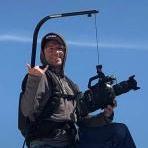
Old Cameras Still Shine Today
BenEricson reacted to Geoff CB for a topic
1 point -
1 point


